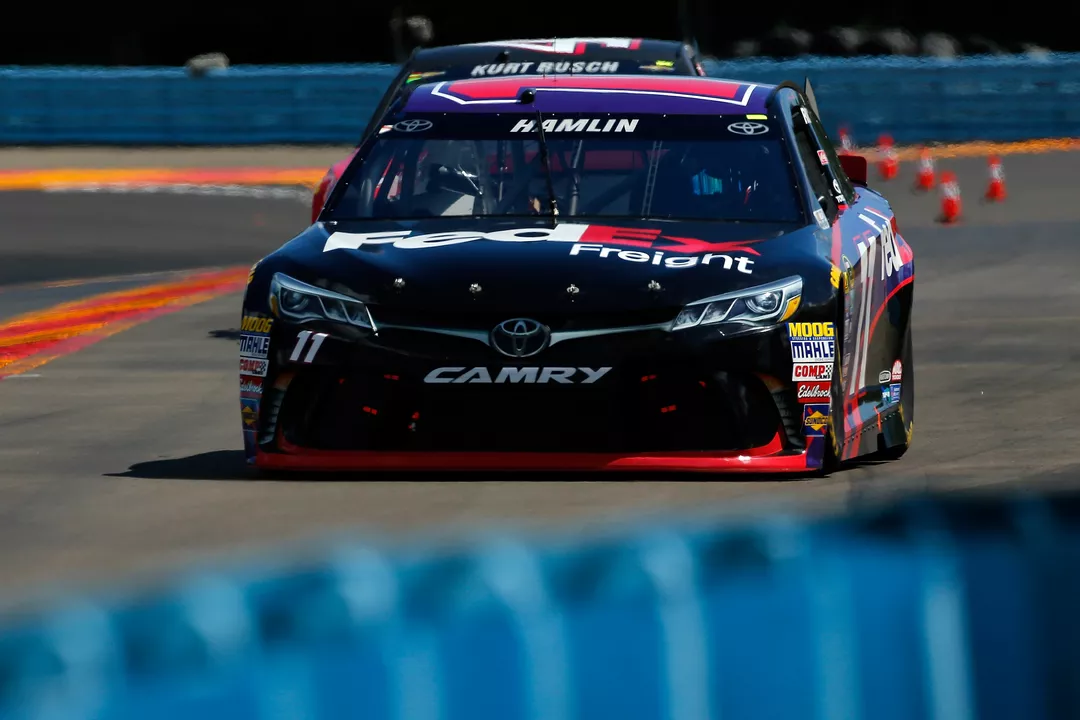Motorsports and Racing News
Welcome to the hub where every gear‑head finds the latest buzz. From Formula 1 to local dirt tracks, we bring you the stories that matter to fans who live for speed. Want to know why NASCAR split its races into stages or which rider just clinched a surprise win? You’re in the right place.
Why NASCAR Added Stages
When NASCAR introduced stages, the goal was simple: make every lap count. Before the change, a long green‑flag run could turn into a dull marathon. By breaking a race into three (or sometimes four) segments, drivers now race hard right from the green flag, because points are on the line at the end of each stage.
Those stage points matter in the championship hunt. A driver who grabs a stage win earns extra points that can be the difference between a playoff spot and watching from the sidelines. It also gives teams a clear reason to pit strategically—not just when tires are flat, but when a stage is about to end.
Fans get more action, too. Instead of waiting for a late‑race showdown, you see short bursts of competition throughout the event. That’s why the TV broadcast now includes mini‑recaps and analysis after each stage, keeping casual viewers engaged and hardcore fans buzzing on social media.
What This Means for Fans and Drivers
For drivers, the stage format changes how they approach a race. Aggression early on can secure stage points, but they must also think about the final stretch. Some crews even sacrifice a stage win to keep the car in better shape for the finish. It adds a layer of strategy that feels more like chess than just pure speed.
Fans benefit from a clearer narrative. Each stage acts like a mini‑race with its own heroes and drama. You can follow a driver’s performance across the whole event, not just the final results. That’s why social media chatter spikes after every stage—people share who earned the most points, who got caught in a crash, and who’s gearing up for the final sprint.
If you’re new to NASCAR, the stage system gives you milestones to track. Instead of wondering whether a green‑flag run is important, you can count the stage finishes, the bonus points, and the final position. It makes the sport more accessible without watering down the competition.
Across the wider motorsports world, this kind of format experimentation is catching on. Series are looking at ways to keep fans glued to the screen, whether it’s adding sprint races, reverse grids, or knockout qualifying. The common thread? More action, more story, and more reasons for fans to stay tuned.
So whether you’re tuning in for a NASCAR showdown, checking the latest MotoGP results, or just curious about how stage racing reshapes strategy, our news feed will keep you in the loop. Dive into the articles, share your thoughts, and stay ahead of the curve. The race never stops, and neither do we.
- May 5, 2023
- Comments 0
- Motorsports and Racing News
